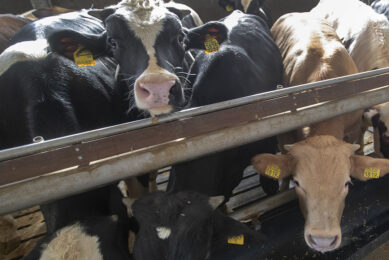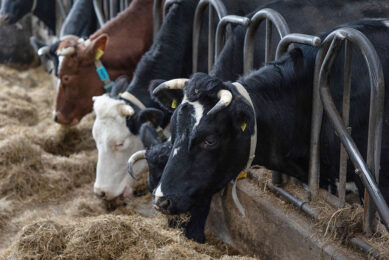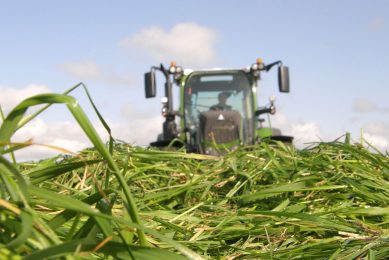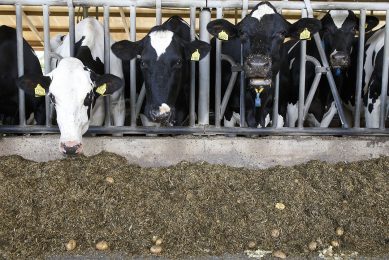8th BSE case in Canada is feed-related
The eighth case of BSE, found on August 9 on a commercial beef cow on a farm in northern Alberta, Canada was most likely caused by feed ingredients, according to investigation of the Canadian Food Inspection Agency (CFIA).
Dr. George Luterbach, a CFIA official, said “Worldwide, the most common route of the
BSE agent is believed to be orally, or through the consumption of contaminated
feed. Although the CFIA cannot determine where the cow has been born, and
therefore can not speak about the feed, the most common assumption is that the
animal in question was exposed to the BSE agent before the feed ban was
introduced or during the implementation of the feed ban in Canada.”
Luterbach said animals are the most susceptible to the BSE agent during
their first year of life, and because the cow in question was approximately
eight to 10 years of age, it was likely exposed to the BSE agent through feed
before the ban.
Epidemiological investigation
Upon
discovery of the BSE infected cow, the CFIA immediately initiated an
epidemiological investigation based on the most recent World Organization for
Animal Health (OIE) recommended BSE guidelines. No part of the carcass entered
the human food sup ply or animal feed chain, a separate CFIA release said.
Join 26,000+ subscribers
Subscribe to our newsletter to stay updated about all the need-to-know content in the feed sector, three times a week. Beheer
Beheer









 WP Admin
WP Admin  Bewerk bericht
Bewerk bericht